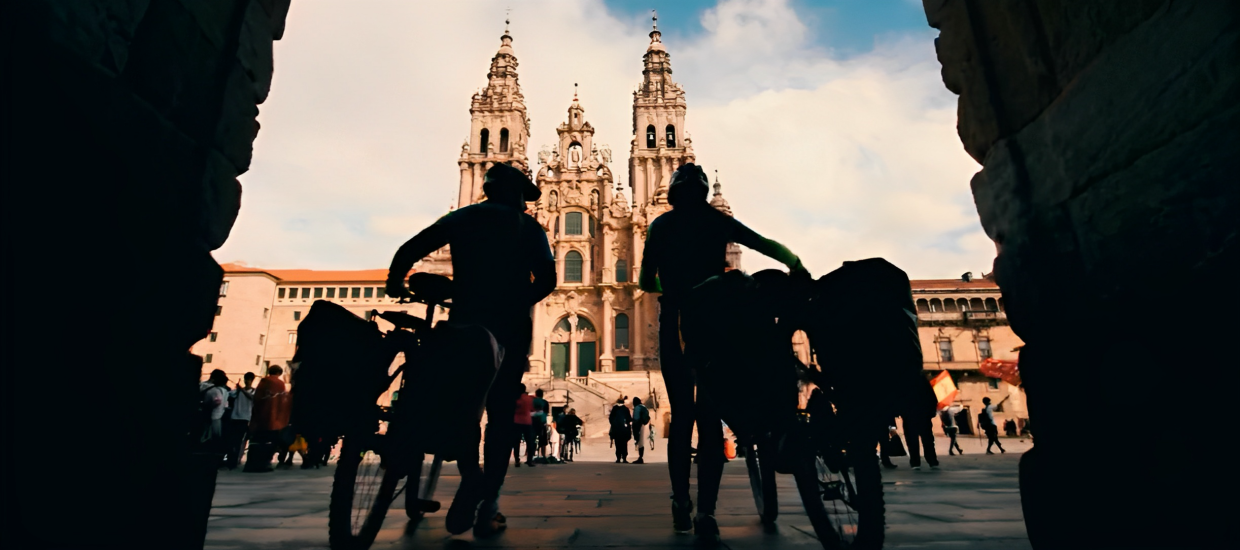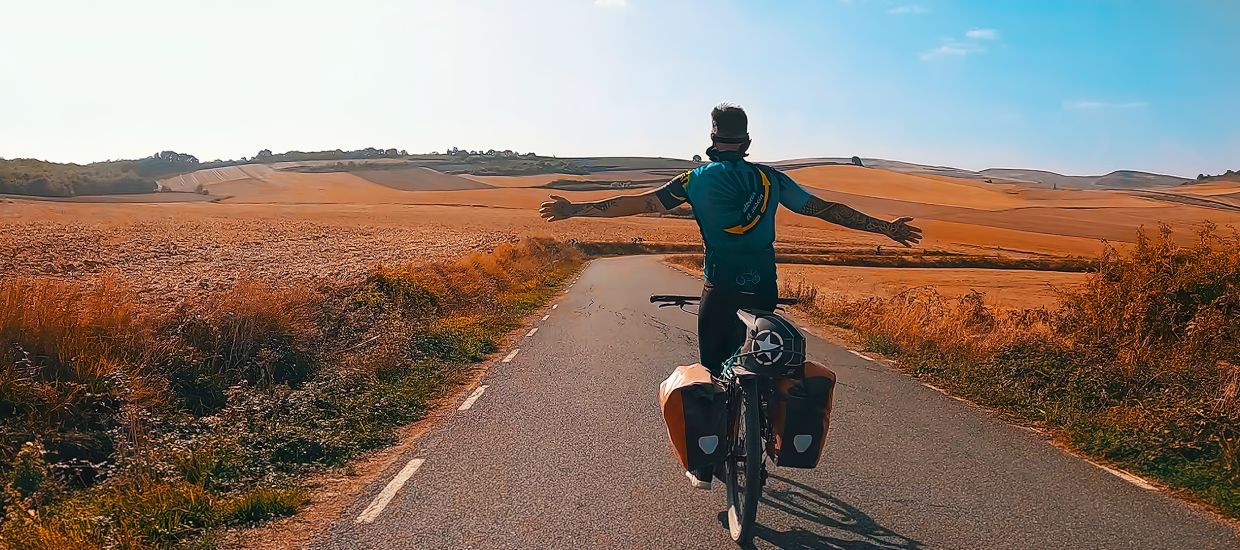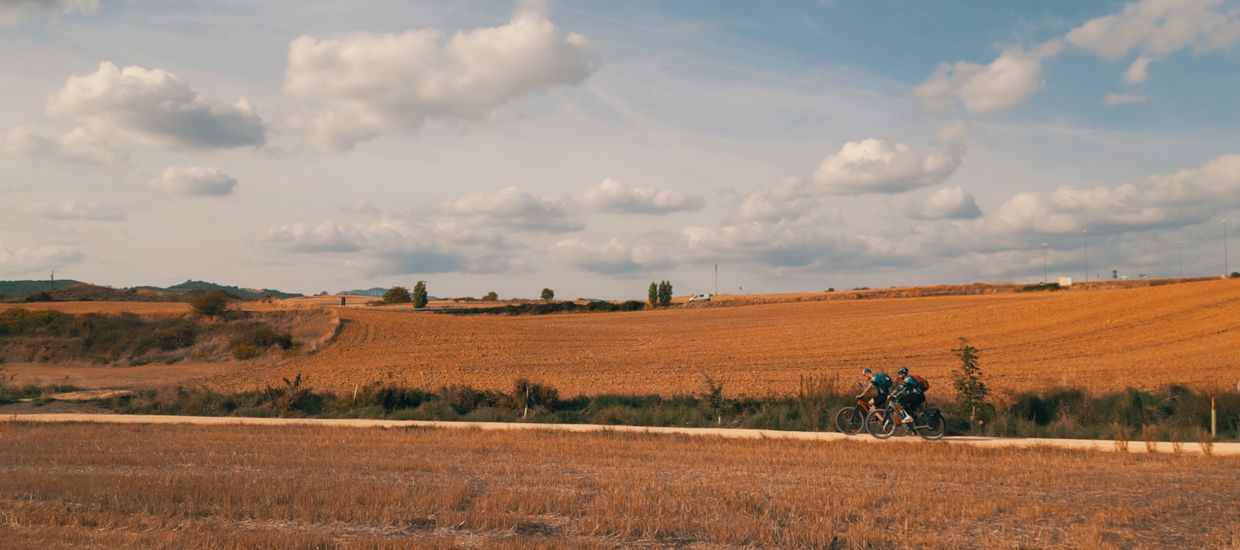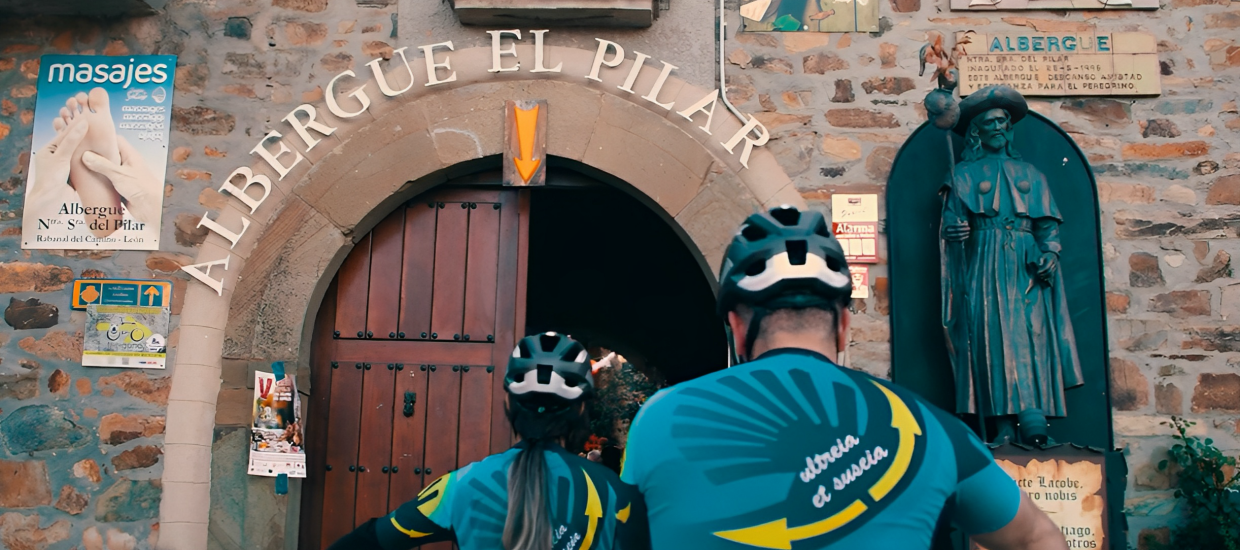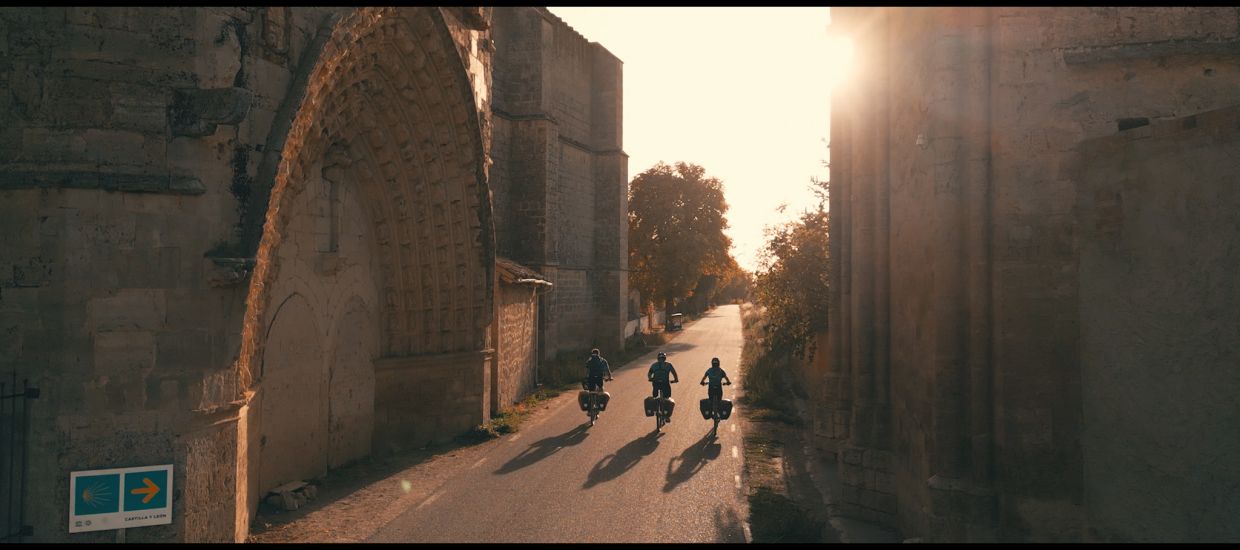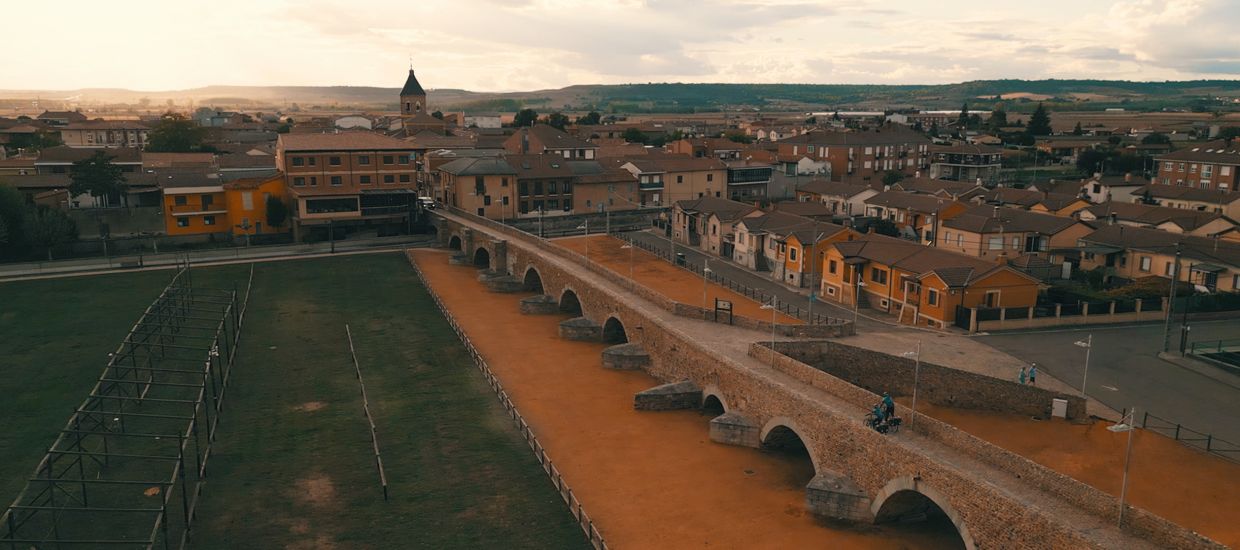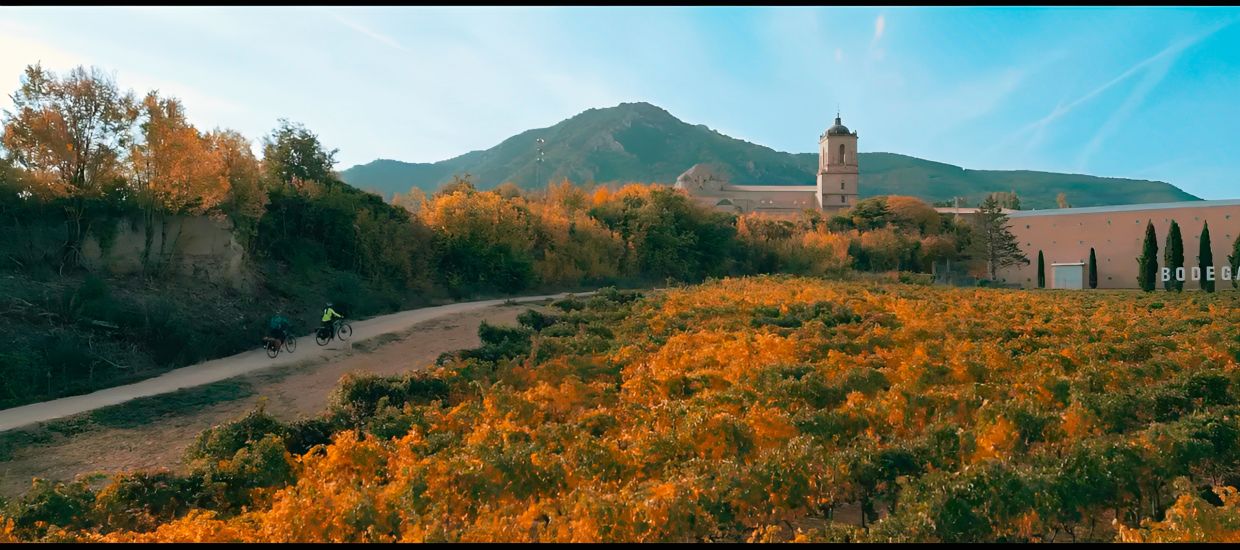Vía de la Plata History
Vía de la Plata
Vía de la Plata is an ancient trade route that crosses the west of Spain from north to south, starting from Mérida and ending at Astorga. Nowadays, Vía de la Plata is one of the main communication routes going along the Spanish western, with the name of the Route of the Silver, name sometimes erroneously applied to the historic Vía de la Plata, connecting the cities of Gijon and Sevilla through the national road 630 or, currently under construction or planned in several sections, the motorway / highway (in some parts) A-66 / AP-66.
Vía de la Plata origin
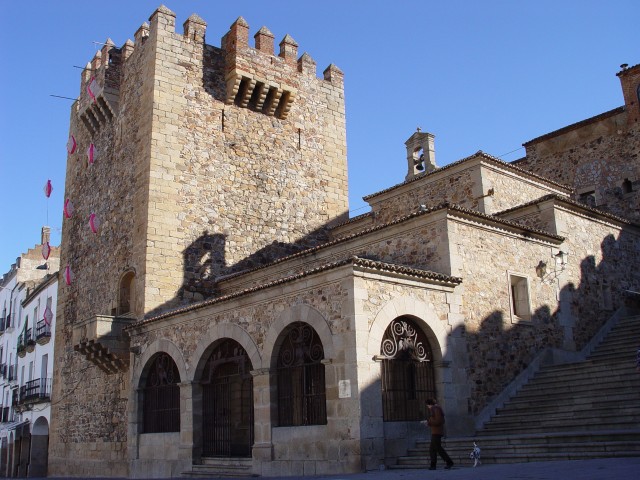
The historical origins of this route are currently uncertain. It is believed, based on diverse archaeological findings, that the route was used for commercial purposes involving tin. Tin was present in many regions of the Iberian Peninsula including Tartessos. Therefore, it is more appropriate to call it Vía del Estaño, the “Tin Way”. Vía del Estaño was used as an access road, which allowed the Romans to conquer tribes such as the Callaici, the Astures, and the Vacceos. Many sources, among them the Antonine Itinerary, describe the route to leave from Emerita Augusta, (present-day Mérida), capital of Lusitania, towards Asturica Augusta (present-day Astorga) through Tarraconensis. The road contains physical evidence that shows a Roman constructed road (called the, or a, via lata, meaning “broad road”) that has been almost unchanged at various sections. It was conceived and built as a trade route for the exploitation of gold, as mentioned by Pliny the Elder who held high office as Procurator in Hispania Tarraconensis in 73 AD. It ran from Asturica Augusta (Astorga) in Northwestern Spain, to Emerita Augusta (Mérida) in southwestern Spain. Hence Hannibal‘s armies, and their elephants, must have passed along it. The road’s first official name was Via Delapidata (meaning Paved Stone Way), stretched around 900 km (560 mi), and had a branch that joined with the Via Augusta (or Via Heraclea). After its establishment, Via Delapidata crossed Hispania from Cádiz, through the Pyrenees, towardsGallia Narbonensis (southern France) and Rome in the Italian Peninsula. Currently, the road passes through Salmantica (Salamanca), Metelinum (Medellín), and Castra Caecilia (Cáceres). Via Delapidata also served as an access road from Hispania Baetica.
Vía de la Plata was, technically, never a belt road for silver commerce. The name was transmogrified from Via Delapidata to Vía de la Plata as a result of phonetic confusion. However, during the Roman Empire it is known that it was used to connect two main areas of the highest importance at both end, the gold mines of Las Medulas and the copper mines of Rio Tinto.
Vía de la Plata nowadays
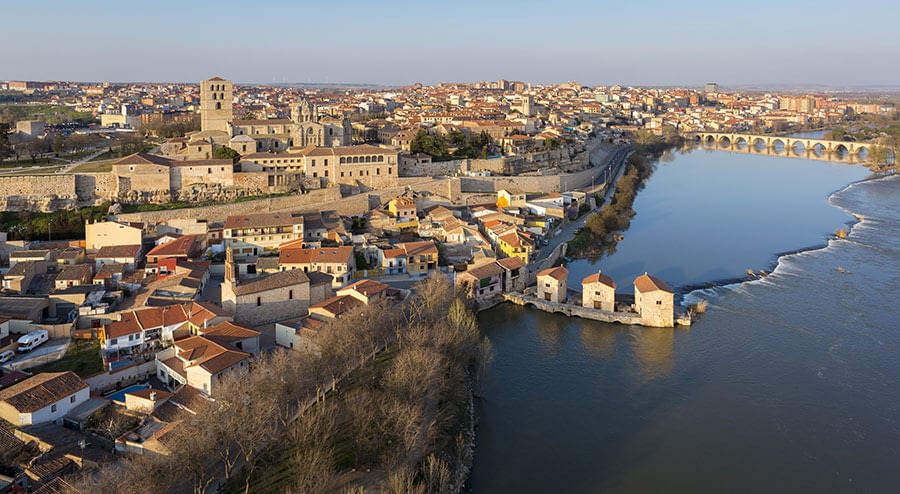
The suitability of the route’s layout is demonstrated even today. Vía de la Plata is used by modern A-66 and AP-66 freeways as well as by older N-630 national road. Some stretches, however, pass through urban areas. One such case is that of Seville, in which Vía de la Plata runs along the Guadalquivir. Overall, Vía de la Plata has become increasingly popular as an alternative to the Camino Francés for pilgrims walking, cycling or riding to Santiago de Compostela, it is one of many routes used by pilgrims across Europe to fulfill a spiritual/physical journey. Large sections are more or less the same as they were two thousand years ago.
La Vía de la Plata, itinerario cultural
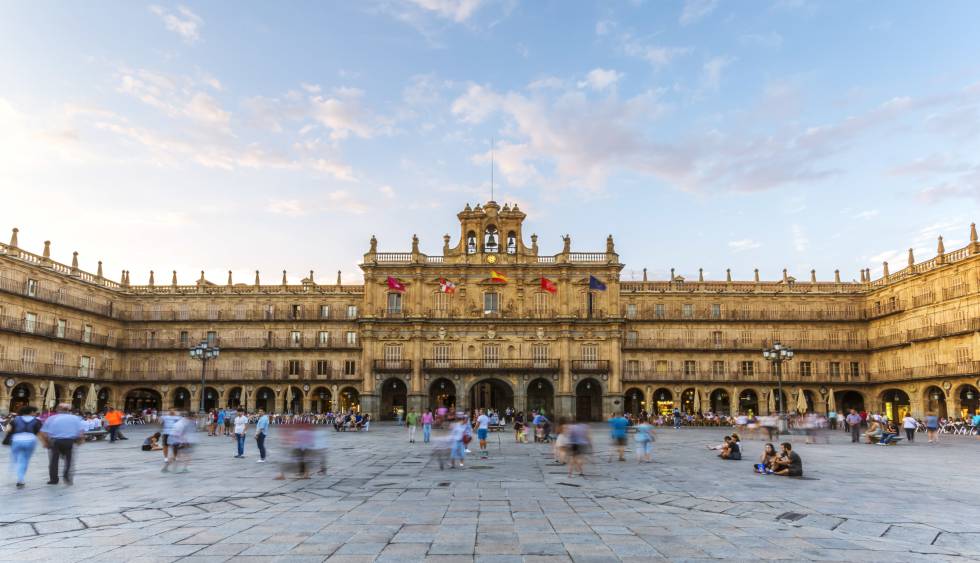
At the present, Vía de la Plata is also important for its tourist and cultural value and the work of administrations in this regard is focusing on increase the value of a route a great historical, artistic, ethnographic, cultural and natural patrimony; in fact, many of the important places in this route are considered World Heritage sites (Merida, Caceres or Salamanca for example). They are also promoting its use as historical route of Camino de Santiago. This work has resulted in the development of guides and itineraries, or even the creation of a documentary series (broadcasted in 2006 on La 2), which, however, have raised criticism from cities away from their rightful historical role, as Astorga. Its mayor has spoken out on several occasions to criticize that the city is being sidelined in the enhancement of Vía de la Plata without considering its condition as starting point of the route, if we take as original path the route where N-630 has been built. This aspect of the city has received support from various institutions, including the University of León, whose Professor of Ancient History: Manuel Abilio Rabanal Alonso, has always been defending the historical route of Camino and the important role of Astorga.
